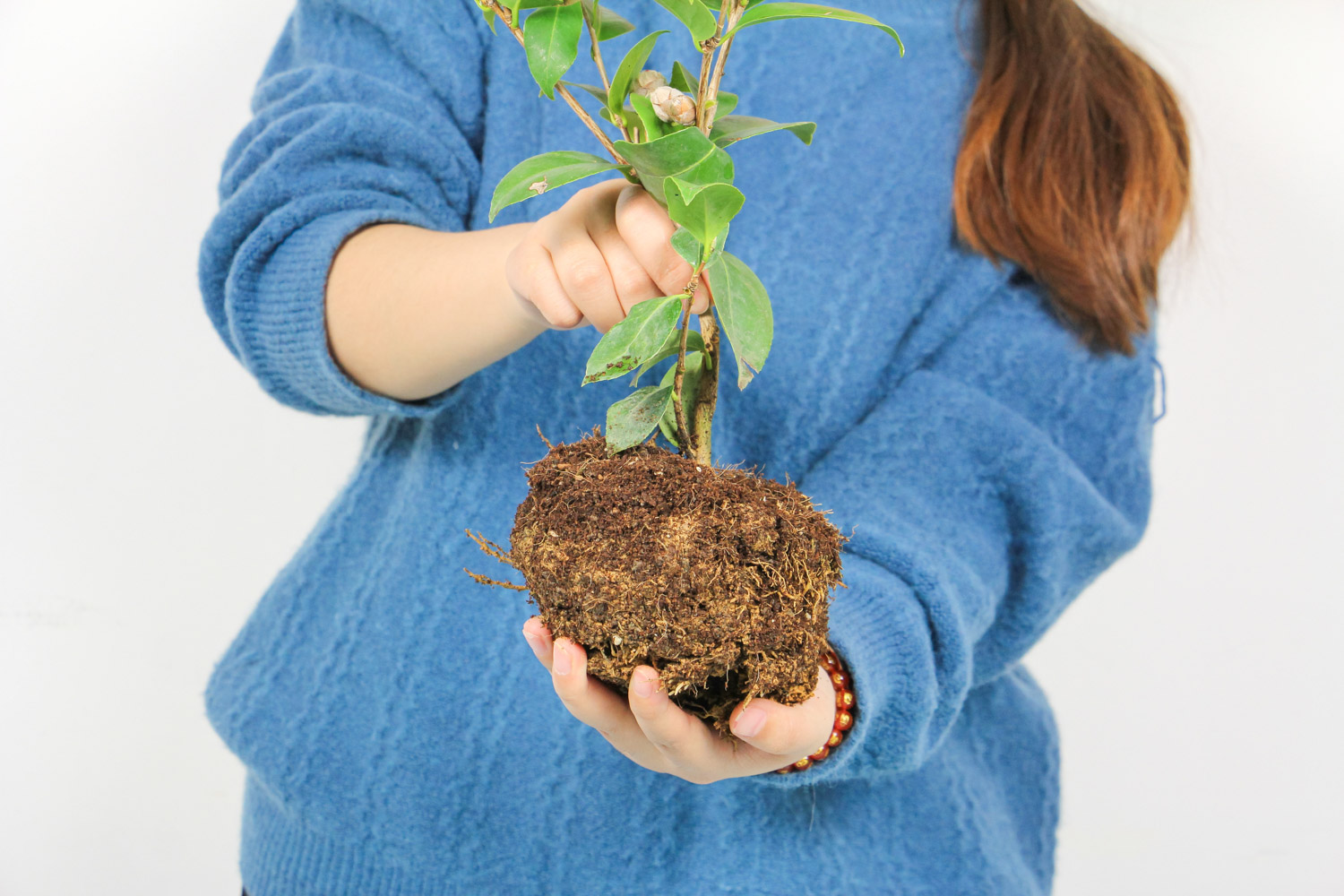1、 Plant slow seedling
The camellia sold outside has buds, but it hasn't opened since it was bought home. This is because the plant has entered the slow seedling stage and stopped growing due to changes in the environment. During this period of time, the absorption capacity of plants to water and nutrients is not strong, so there is no need to water and fertilize regularly. At the same time, pay attention to shading to avoid too much water loss. After experiencing slow seedling, the plant will resume growth and bloom slowly

2、 Nutrient deficiency
Any plant needs sufficient nutrients to blossom, and camellia is no exception. If the nutrients are insufficient, the flower bud cannot open. In this case, it is necessary to properly fertilize the plant. Generally, phosphorus and potassium fertilizer can promote flower growth. It should be noted that too many flower buds will also lead to uneven nutrient distribution, thus affecting flowering. Buds can be sparse appropriately

3、 Lower temperature
Camellia is suitable to grow in a warm environment. If the temperature is low, it will also affect the flowering of the plant. The temperature during the growth period of the plant can be maintained between 5-15 ℃, but if you want to blossom, the temperature needs to reach 15-25 ℃. If the temperature is less than 10 ℃ for a long time, the plant will not only fail to blossom, but may also wither

4、 Lack of light
Camellia belongs to a plant with long sunshine. Long time light is very helpful for the flower bud differentiation of the plant. Even after there are flower buds, full exposure to light can accelerate the bloom of flowers, but it should also avoid exposure to the sun to avoid yellowing of leaves, affecting the photosynthesis of the plant and unfavorable to the accumulation of nutrients

 how many times do yo...
how many times do yo... how many planted tre...
how many planted tre... how many pine trees ...
how many pine trees ... how many pecan trees...
how many pecan trees... how many plants comp...
how many plants comp... how many plants can ...
how many plants can ... how many plants and ...
how many plants and ... how many pepper plan...
how many pepper plan...

























